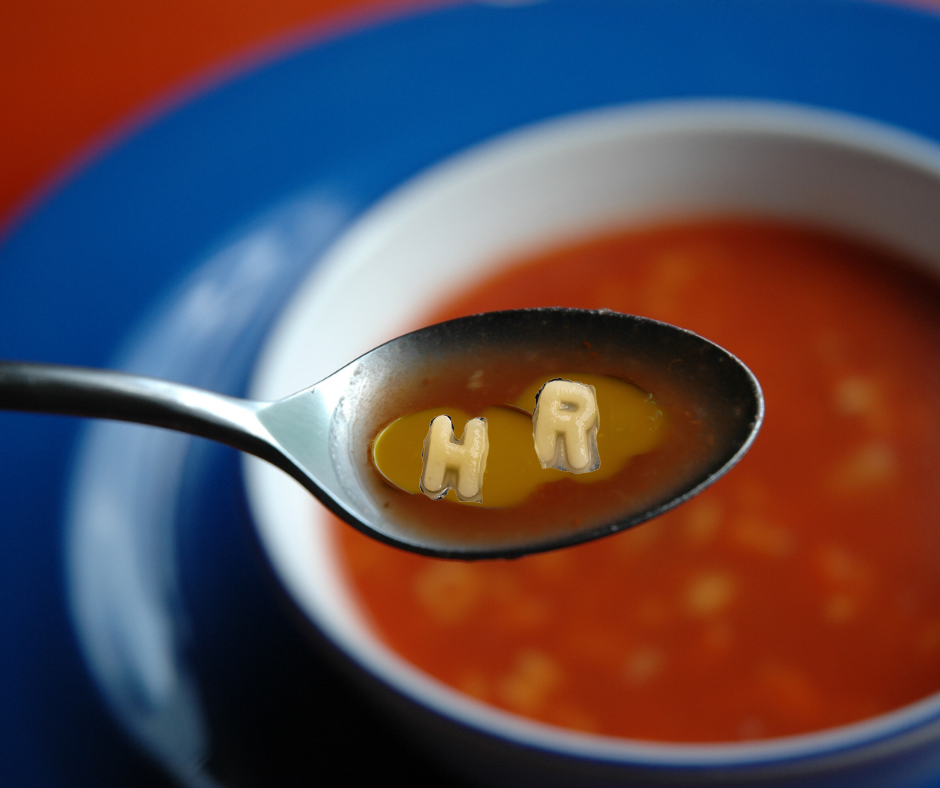The news should be heartening: medical malpractice verdicts have hit a 15-year low[1]. In 2015, 101 medical malpractice cases were tried to jury verdict. By contrast, an average of 326 cases went to jury verdict from January 2000 to July 2003. In 2015, new medical malpractice case filings dropped 44 percent from the 2000 to 2002 average. These figures are courtesy of the Administrative Office of Pennsylvania Courts (AOPC), which began tracking medical malpractice statistics in 2000[2]. There are several reasons for the precipitous drop in verdicts and new case filings. Pennsylvania’s Certificate of Merit rule, which requires a licensed professional to provide a written statement that there is a reasonable probability that the care at issue fell outside acceptable professional standards, has resulted in decreased filings of weak and low value cases. Parties have also made greater use of alternative dispute resolution (ADR) in the form of mediation and binding high-low arbitration. ADR can contain litigation costs and eliminate the possibility of a runaway jury verdict.
While all of this is positive from a provider perspective, the reality is that the medical malpractice cases that remain are more challenging from a liability and damages perspective. The plaintiff’s bar is not quietly going away. Medical malpractice claims are nowhere near becoming a thing of the past. As I have written previously, plaintiff’s firms are putting more, not less, resources into the medical malpractice claims they are filing. By and large, these cases are filed on a contingency basis. That is, plaintiff’s counsel is only compensated if they get money. Plaintiff’s firms would not continue to invest in medical malpractice claims unless there is an opportunity for a return on their investment. One of the ways to improve that rate of return is to advance new theories that increase the damages potential.
A prime example of this is Page v. Moses Taylor Hospital, No. 11 CV 1402 (Lackawanna County). Plaintiff Jo Ann Page, sued her obstetricians, their obstetrical practice, and Moses Taylor Hospital for failure to timely diagnose and treat her for pre-eclampsia. Ms. Page alleged that her providers’ negligence resulted in placental abruption, eclamptic seizure and stillbirth. Pre-eclampsia is a pregnancy complication typically marked by high blood pressure. Failure to diagnose and treat pre-eclampsia can lead to serious complications, including death, for both the mother and baby. The only cure for pre-eclampsia is delivery of the baby.
In Page, Plaintiff produced an expert report from a neonatal/perinatal specialist opining that fetuses reaching 33 weeks gestational age are able to experience “severe and significant” pain and suffering. Accordingly the Page twins, who were 33.4 weeks gestation, experienced severe pain and suffering during the mother’s eclamptic seizure that caused complete loss of oxygen to the twins. This expert report was the basis for Plaintiff’s claim on behalf of the stillborn twins for pain and suffering. The Defendants filed Frye motions to exclude this opinion arguing that there is no scientific support that a fetus can experience pain and suffering at 33 weeks gestation. Plaintiff submitted medical research and articles published in The New England Journal of Medicine and The Journal of American Medical Association, two highly respected, peer-reviewed medical journals, as well as over 200 other studies regarding pain perception in neonates.
Judge Terrence R. Nealon denied defendants’ Frye motion. In doing so, Judge Nealon held, “It is apparent that there is scientific authority supporting [the expert’s] opinion that a viable fetus at 33.4 weeks’ gestation age is capable of experiencing pain and suffering from asphyxia attributable to the mother’s eclamptic seizure.” The Court also noted the defendant’s failure to produce any contrary medical literature.
With this ruling, a jury will have the ability to consider whether the Page twins suffered pain and suffering. If they answer this question in the affirmative, they will have the ability to award monetary damages to the estate of the stillborn twins. With a single ruling, the potential exposure for the providers in this case has increased – perhaps exponentially. A ruling of this nature can be the difference between a case settling or going to trial. It can be the difference between a verdict within primary insurance limits and verdict far in excess of primary insurance that threatens a physician’s practice or a hospital.
One can anticipate that other plaintiff’s firm will take note of this ruling and follow suit. Expert reports claiming neonatal pain and suffering will become the norm. So from a statistical perspective, things may be improving, but statistics do not tell the entire story. Providers must remain vigilant to ensure both patient safety and patient satisfaction. When sued, it remains prudent to assess whether to engage personal counsel as an asset protection measure
Maraleen D. Shields and the Attorneys at Fitzpatrick Lentz & Bubba have extensive experience advising healthcare providers on a wide range of healthcare law matters, including medical malpractice.
[1] Mitchell, Max. “State Med-Mal Verdicts Hit 15-Year Low” The Legal Intelligencer. The Legal Intelligencer, 3 June 2016. Web. 6 June 2016.
[2] Administrative Office of Pennsylvania Courts. Medical Malpractice Statistics. The Unified Judicial System of Pennsylvania. Web. 6 June 2016.









